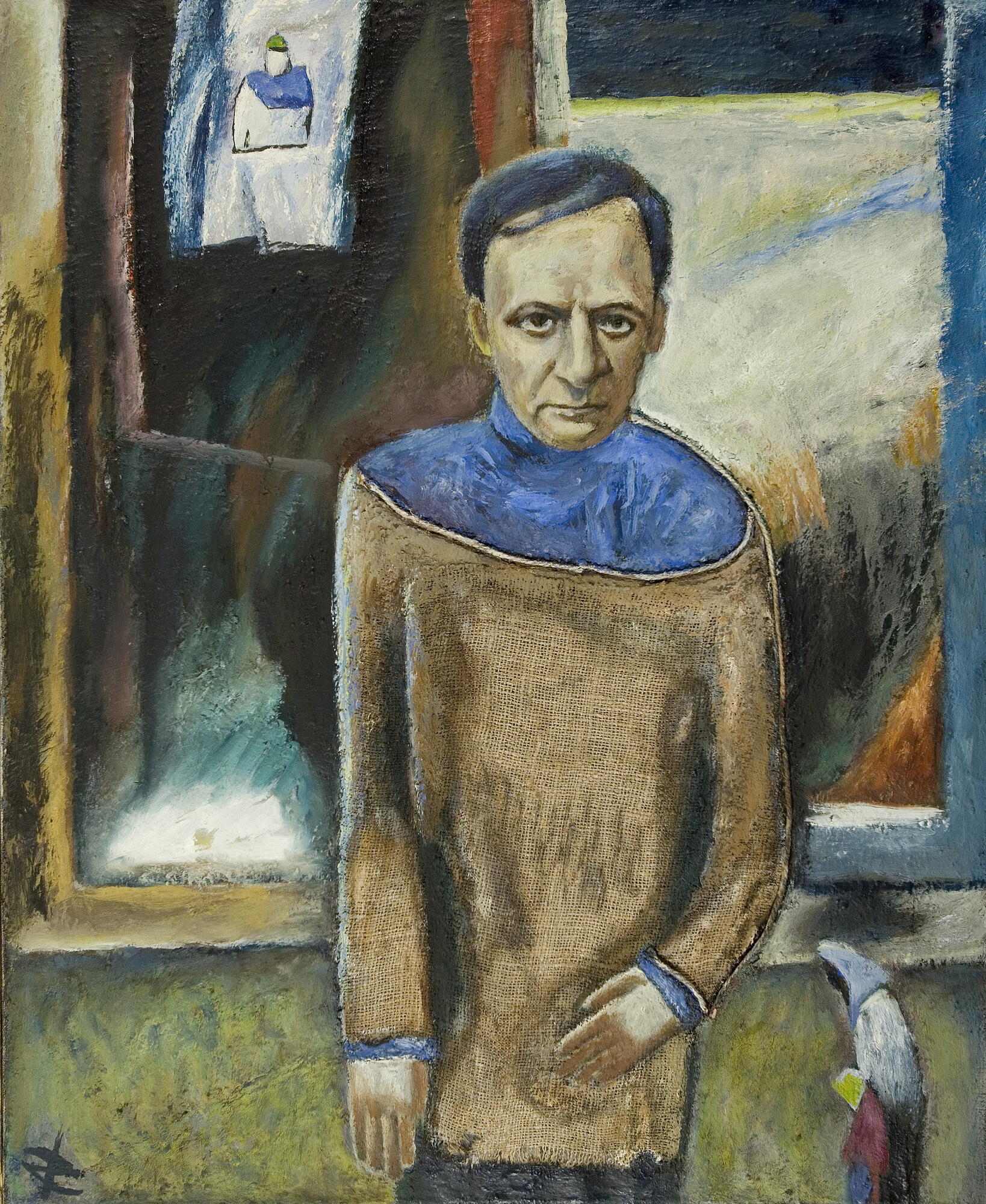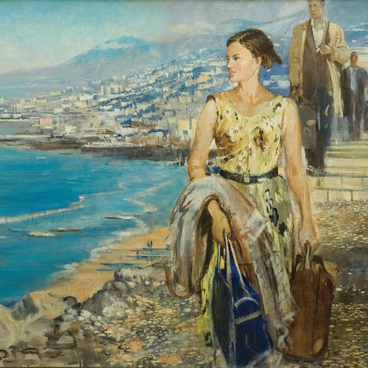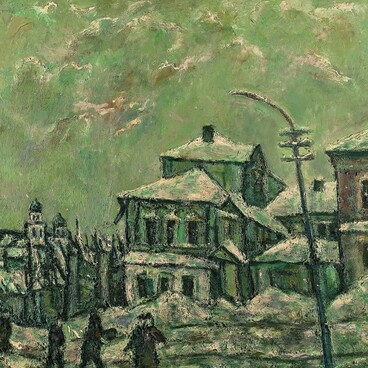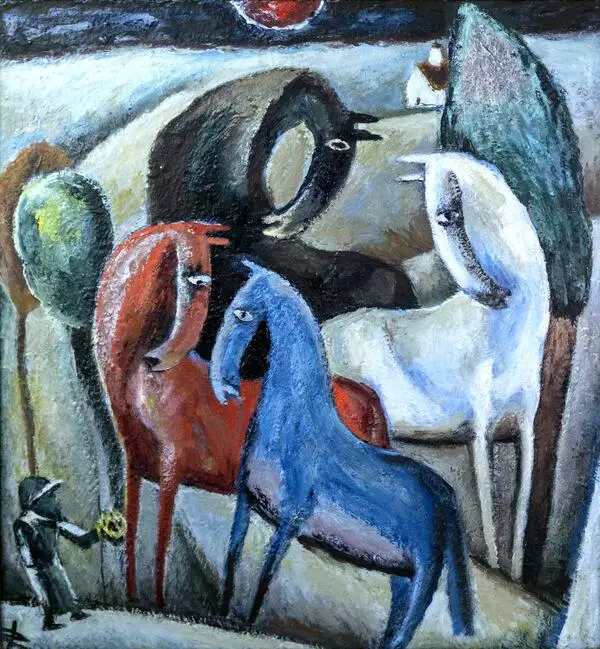The artist Dmitry Sergeevich Kondratiev was born in Siberia, into a large peasant family. Like many members of his generation, he went to the front in 1944, at the age of 16. After demobilization, he did not have a completed education. Kondratiev had to combine his studies at school with his work as scenic designer in the theater.
It was then that Dmitry Sergeevich decided on the further path. He received his first professional education at the Kazan Art School, where at that time taught the graduates of the St. Petersburg Academy of Arts, among whom was the famous Russian artist Nikolai Feshin. After finishing school, Kondratiev entered the Moscow Polygraphic Institute. Back then, in the late 1960s, the famous graphic artist Andrey Goncharov taught at the institute, greatly influencing the future artist. In 1973, Kondratiev successfully graduated from the institute, receiving the title of graphic artist. During the same period, his main creative method was formed.
The artist spent the second half of his life in Veliky Novgorod. He took an active part in the artistic life of the city, became a member of the Union of Artists of the USSR, participated in regional, zonal, republican and all-Union exhibitions. In the foreground of the portrait presented at the Voronezh Museum, against the background of a window, Kondratiev depicted the writer Andrey Platonov looking directly at the viewer. The writer is wearing a blue sweater and a beige plain-weave pullover. The expression on his face is stern, one arm is lowered down, the other is slightly bent. On the lower right, two figures, a female and a child, are depicted on a green background. In the distance, at the top left, there is an image of a church on a light background. The Platonov theme is represented in the art of Dmitry Kondratiev in quite a variety of ways. Feeling a spiritual kinship with the work of Andrey Platonov, he illustrated the works of the writer. The artist worked on this portrait for a long time, constantly returning to it.
The researchers note the consonance of Platonov’s
literary language and the artist’s work of art. Vladimir Dobromirov, director
of the Kramskoy Museum, said the following about the artist’s work,



